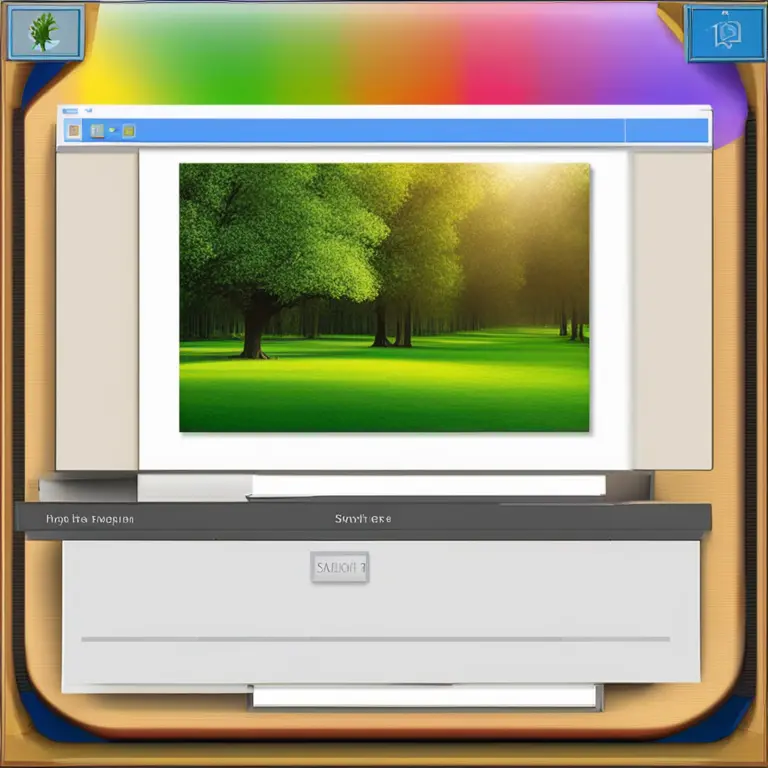
The Simple Path to Mindfulness Through Meditation
Embrace tranquility and clarity in your life with practical steps to mindfulness meditation, enhancing your wellbeing in the modern age.
article by Hina Kurosawa
Introduction to Mindfulness Meditation
Mindfulness meditation is a technique rooted in ancient practices, yet remarkably relevant for our contemporary lives. In an age where stress and distraction are commonplace, mindfulness offers a way to find peace and presence. This practice invites us to turn inward, to focus on the here and now, and to cultivate an awareness that can genuinely transform how we engage with the world. Whether you are new to mindfulness or looking to deepen your practice, this article provides a step-by-step guide to meditation that nurtures a mindful existence.

Creating Your Meditation Space
Before you begin meditating, it helps to establish a dedicated space that evokes calm and comfort. Find a quiet corner, free from distractions, with options to sit comfortably—a cushion on the floor, a supportive chair or even a soft patch of grass outdoors. The goal is to create an environment that signals to your mind and body: it's time to unwind. Emphasize simplicity and serenity in your chosen spot, perhaps with a plant, a soft mat, or minimalistic decor that aids in focusing your attention inward.

Adopting the Meditation Posture
Your physical posture can greatly influence your mental state during meditation. Sit with a straight and relaxed back, hands gently resting on your lap or knees. If sitting on the floor, cross your legs comfortably; if in a chair, keep your feet flat on the ground. Ensure that your head is balanced naturally on your neck and that your shoulders are released from tension. This upright yet relaxed posture fosters both alertness and ease, enabling the clear flow of your breath—the very anchor of mindfulness meditation.

Finding Your Breath
Breath is the essence of life and the focal point of mindfulness meditation. Close your eyes gently and draw attention to the natural rhythm of your breathing. Observe each inhalation and exhalation without trying to alter them. Notice the sensations as the air flows in through your nostrils, fills your chest, and exits smoothly. Whenever you find your mind wandering, simply acknowledge the detour and guide your focus back to your breath. This very act of returning to the breath is the crux of mindfulness.

Embracing the Present Moment
The core of mindfulness is living in the present moment. During your meditation, you'll notice how easily the mind drifts to the past or future. Mindfulness meditation trains you to bring awareness back to the present—back to the breath, the sensations in your body, or the sounds in your environment. Acknowledge each thought and feeling, let them be without judgment, and then let them go, returning to the now. This process strengthens your ability to remain present beyond your meditation sessions.
Developing a Consistent Practice
Consistency is key when cultivating a mindfulness meditation practice. Aim to meditate at the same time each day, even if it's just for a few minutes. Early morning or evening are often ideal times as they coincide with natural periods of transition. Technology can be an ally here; numerous apps offer guided meditations and reminders to help maintain your routine. Remember, the goal isn't perfection but persistence, patience, and kindness to oneself as you build this life-enhancing habit.
Meditation in Daily Life
As you become more adept at mindfulness meditation, you'll find opportunities to practice it throughout your day. Mindful eating, walking, and even listening can transform ordinary activities into moments of meditation. By engaging fully with the current task and observing your thoughts and actions without judgment, you extend the benefits of your seated meditation practice into every aspect of your life, fostering a heightened state of awareness and tranquility that permeates your entire being.
Embracing Challenges and Growth
Mindfulness meditation isn't a journey free of obstacles. There will be days when your mind feels too busy to settle, or external factors disrupt your practice. Embrace these challenges as opportunities to grow your resilience and adaptability. Mindfulness isn't about evading life's difficulties but about meeting them with a calm and steady mind. With each session, no matter the difficulty, you are strengthening your inner resources, learning to navigate life with a more mindful and compassionate approach.
Published: 1/18/2024
Modified: 1/18/2024
More predictions
Come back here soon to learn more about yourself and your future


Can Meditation Manage Depression?
Discover how meditation can contribute to managing depression, its potential benefits, and the connection between mindfulness and mental health.


Easing Anxiety Through Mindful Meditation
Discover how mindful meditation can be a serene gateway to relieving anxiety, fostering a peaceful mind, and promoting overall well-being.


Exploring Meditation in Psychological Practice
Delve into the psychological perspective on meditation, its benefits, and applications in modern mental health practices.